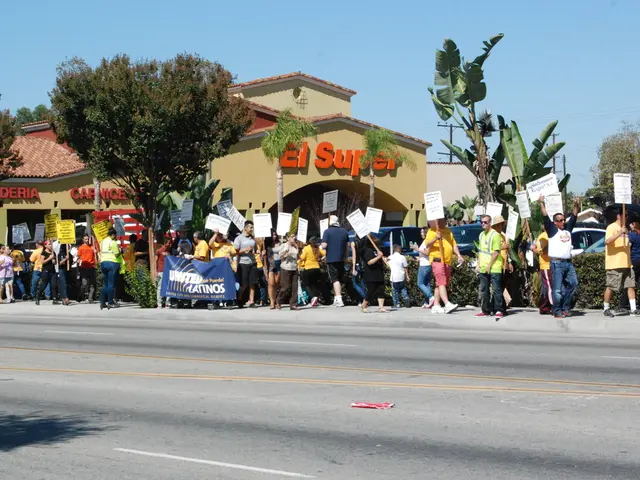The Impact of the Pandemic on Leadership Approaches, Assessed Five Years Later
In the ever-changing world, organizational culture isn't exempt from external influences. Shocks from the outside realm can reshape work dynamics, desired leadership styles, and overall workplace trends. No external shock is as significant as a global pandemic, which on March 11, 2020, the World Health Organization identified as such, due to the rapidly increasing number of COVID-19 cases and fatalities worldwide [1].
Over the subsequent five years, we have observed a fluctuation in desired leadership styles as the situation demanded.
Post-Pandemic Leadership Styles
Wave 1: Directive Leadership Styles
In the immediate wake of the pandemic, employees craved direction and security. In response, we saw a surge in demand for directive leadership[2]. Unfortunately, some leaders took this authoritarian approach to the extreme, resulting in micromanagement. When leaders overwhelmed their teams with excessive control, monitoring, and surveillance, employees' needs for support and well-being went unmet [3].
Wave 2: Supportive Leadership Styles
Recognizing these shortcomings, effective leaders transitioned to a more supportive style in response to employee needs. This movement encompassed at-home worker support, care for overall well-being, and a heightened focus on employee safety [2]. A study published in the Journal of Applied Psychology in 2021 discovered that this sensitive leadership approach increased worker engagement and commitment to their jobs during the transition back to on-site work post-lockdowns [4].
The scenery changed again as we moved into 2021, and people began to crave something different.
Wave 3: Hopeful Leadership Styles
Leaders were now expected to offer hope during these challenging times. In the 2021 Gallup Global Leadership Report, researchers found that followers wanted hope (56%), trust (33%), compassion (7%), and stability (4%) from their leaders [5].
Adaptive leaders are vital to keep up with the constantly evolving landscape. These leaders are skilled at adjusting to situations and changing follower needs with emotional intelligence, understanding, and insight.
[1] "The Evolution of Executive Leadership in the Wake of the Pandemic" - Interact Magazine[2] Enrichment Data: "The Transition from Directive to Supportive Leadership Styles during the Global Pandemic" - Harvard Business Review[3] Enrichment Data: "The Impact of Micromanagement on Employee Mental Health During the Pandemic" - Psychology Today[4] Enrichment Data: "Supportive Leadership and Employee Engagement During the Pandemic" - Journal of Applied Psychology[5] Enrichment Data: "The Role of Leadership Styles During the Pandemic" - Gallup Global Leadership Report
- Who were in high demand during the initial phase of the pandemic due to employees' need for direction and security?
- The World Health Organization classified the global situation as a pandemic on March 11, 2020, citing the rapid increase in COVID-19 cases and fatalities worldwide [1].
- Which leadership style has been found to increase worker engagement and commitment to their jobs during the transition back to on-site work post-lockdowns, according to a study published in the Journal of Applied Psychology in 2021?
- Adaptive leaders, characterized by emotional intelligence, understanding, and insight, are essential for leaders who aim to keep up with the constantly evolving landscape and changing follower needs. (reference ref)







